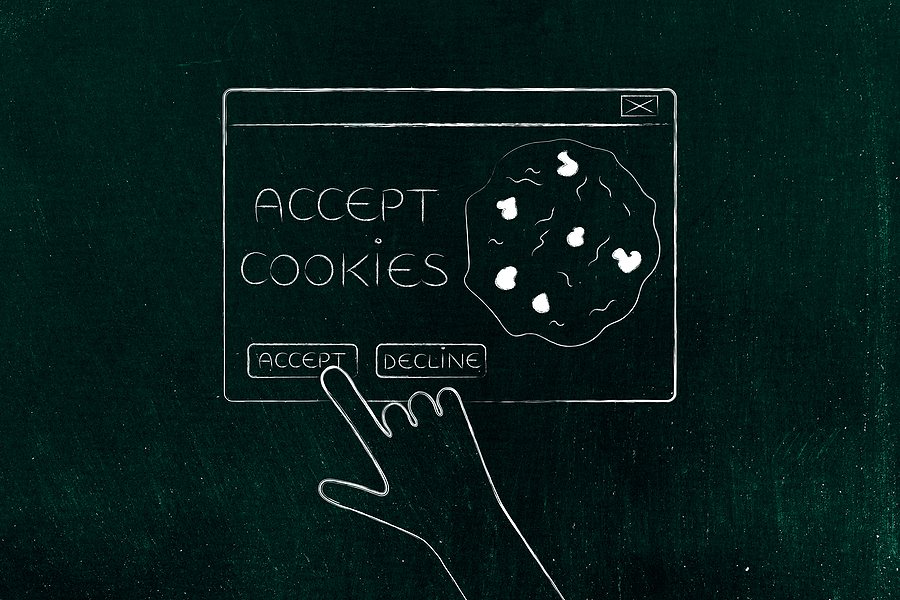
How the design of cookie pop-ups manipulates our choices
We all know cookie pop-ups from browsing the web. But did you ever take a closer look at them? In most cases they are designed to trick you into choosing a certain option (for instance by making one option blue but the other one simply grey). Two studies published in Journal of Digital Social Research investigate how successful these design tweaks are in influencing our choices. The studies reveal that the design tweaks indeed influence our choices, however, we may be so used to agreeing to cookies by now that this isn’t always the case.
Take aways
- Cookie pop-ups are often designed to trick you into a certain choice, for instance through pre-ticked boxes or selectively colored options (one blue, one grey)
- However, design tweaks that we are not used to can influence our choice more strongly, meaning that design tweaks can make us consider an option we normally never select. This might have potential for stimulating people to make more responsible choices online.
- To tackle the issue of blindly accepting cookies it is necessary to reduce the number of cookie pop-ups we have to review (for instance via legal regulation).
Study information
Who?
Study 1: 225 participants (age range: 18 – 65; mean age: 36 years; 60.1% females)
Study 2: 255 participants (age range: 18 – 65; mean age: 35 years; 68.6% females)
Where?
United Kingdom
How?
The researchers disguised the true purpose of the studies by asking the participants to rate the design of several news websites. For each news website, the researchers designed a cookie pop-up featuring different design tweaks. Each time a participant made a choice for the cookie pop-up the decision was recorded. In the end the researchers informed the participants about the true goal of the study.
Facts and findings
- Participants seemed to be very used to agreeing to cookies. Even without using any design tweaks most participants always chose “Agree” in the first study.
- In the second study, when using the same design tricks to push users towards choosing “Do Not Agree”, about 10 times more people changed their cookie behavior. This shows the effect that design tweaks can have.
- In both studies the majority of the participants did not think much about their choice in the cookie pop-up.
- In both studies 90% of the participants did not read the cookie pop-up properly.